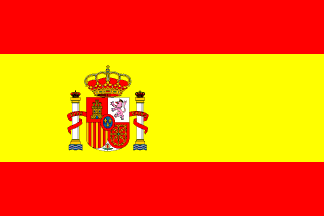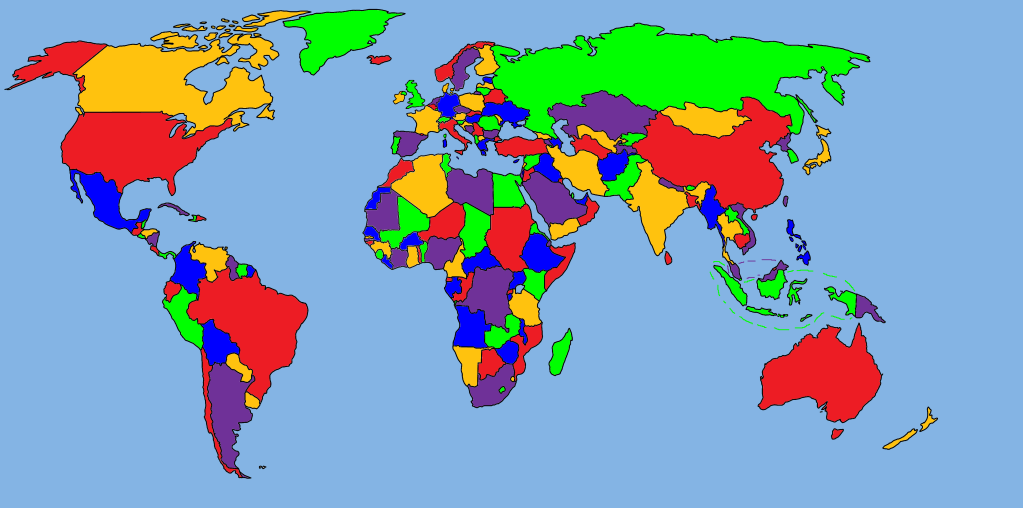
An alphabet mat is a wonderful teaching and play tool. the vibrant colors and washable foam make it great for even the youngest of kids. There are several obvious ways to play, but here are 5 unconventional games to play:
1) Alpha-Hop Scotch: It's just as you would imagine. Make a hopscotch grid with a few letters from the mat. As you hop down have your child say the letter they land on. For kids learning to read, have them make each letter sounds. And older kids can say a word that begins with that letter. (Note: use consonant blends as the double rows: BL, WH, ST, FR, PL)
2) Alpha-Twister: Again it's very much like the what you would think... You can play this one is a variety of ways, again by letter, letter sound, beginning letter, even color, or use all 4. Just write out the letters, colors, and words on strips of paper and place them in a hat. (Or if you have Letter Flash Cards use them). In another pile write out Left Hand, Right hand, Left Foot, Right Foot. Pick one card from each pile. Examples: Left Hand A; Right Foot 'Ssss'; Left Foot Blue: Right hand on the first letter in the word Pear. Use what ever works for you and your kids.
3) Rhyming Word Families: This is more of using the mat as a teaching tool. Put together the root of a word family, ie: -AT. Then have your child find the letters that will make rhyming words. Help them to sound out each of the words. M-AT; B-AT, C-AT, P-AT, F-AT, H-AT, FL-AT, R-AT, S-AT....
4) Alpha-Boggle: Lay out the mat in a 4x4 square A,E,I,O, U, R,S,T,L,N,P,B,D,C,H,M using the letters and have your child search for words by connecting letters.
5) Letter Train: Have your child put a random selection of letters in a row, then help them identify each letter and the sound it makes. For older kids, have them make up a story using the letters, example, if the letters are O, C, D, E, W, F,A, S: You might say, One Cold Day, Edward Went For A Swim; or Octopus Carl Dove Every Week For An entire Summer...
 The ultimate comfort food! Chicken & Dumplings that is so simple and so easy but so rich and flavorful it'll taste like you slaved away all day, when all you did was drop some ingredients in the Slow Cooker!
The ultimate comfort food! Chicken & Dumplings that is so simple and so easy but so rich and flavorful it'll taste like you slaved away all day, when all you did was drop some ingredients in the Slow Cooker!










